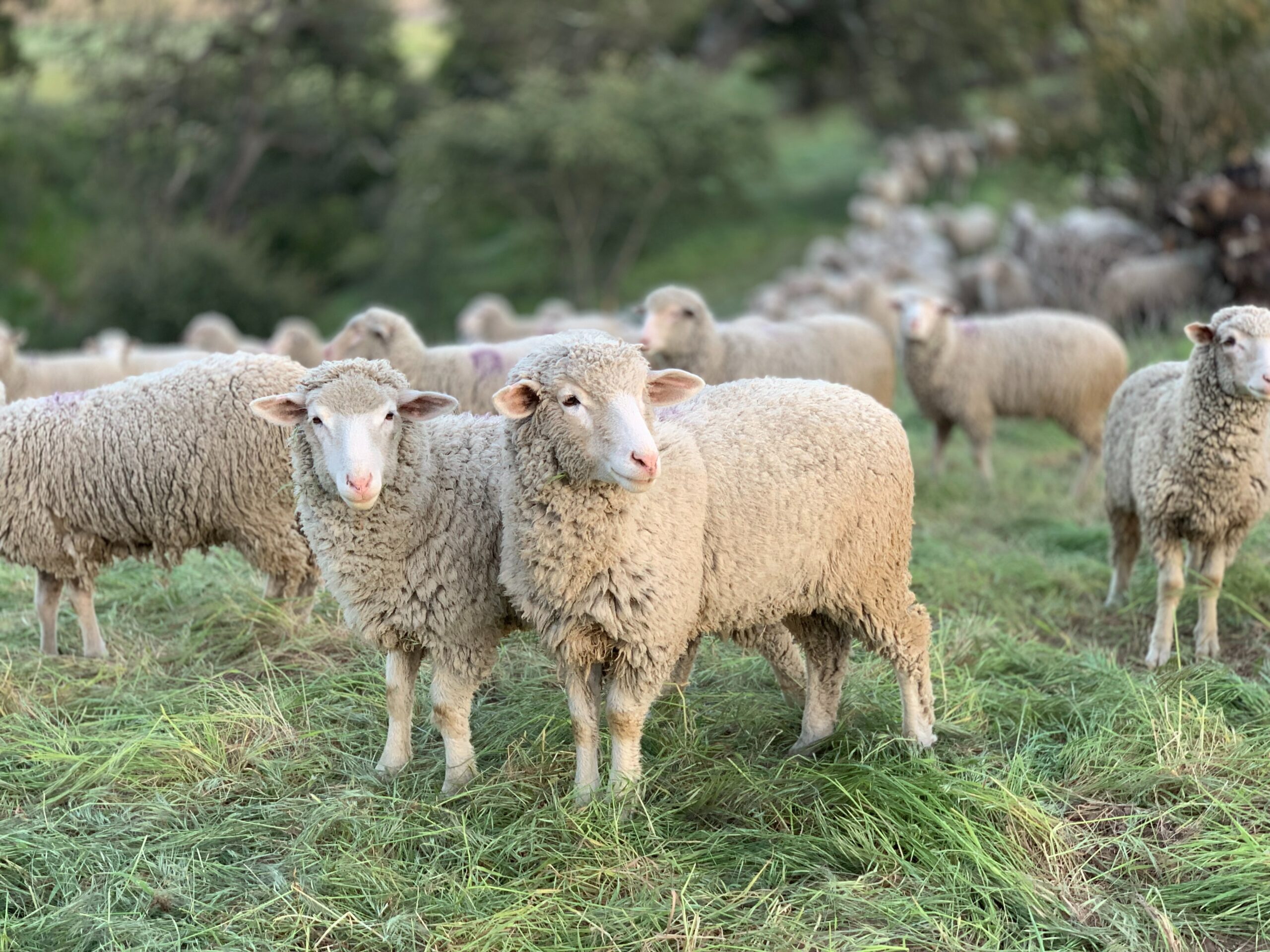Sheep, gentle and sociable creatures, have been domesticated for thousands of years and have played a significant role in human civilization for as long. Belonging to the animal kingdom, class Mammalia, and order Artiodactyla, sheep have provided us with wool, milk, and meat, making them valuable and cherished animals.
Sheep are found on farms, in the wild, and in many storybook adventures. Come explore the fascinating world of sheep, including their diverse breeds, lifespan, dietary habits, and the many ways they contribute to our lives.
Types of Sheep:
Sheep encompass a wide variety of breeds and species, each with its own unique characteristics and purposes. There are more than 1,000 different breeds of sheep worldwide. These breeds vary in appearance, wool quality, size, and adaptability to different climates and terrains. As for species, the domestic sheep (Ovis aries) is the most common and widely recognized, while there are several wild sheep species as well, such as the mouflon and argali.
Different types of sheep can be classified based on their primary characteristics, such as their wool type, meat production, or geographical origin. Some of the most common and well-known breeds include:
- Merino Sheep: Known for their fine wool, Merino sheep are prized for their soft and high-quality fleece, often used in the textile industry.
- Suffolk Sheep: Suffolk sheep are a popular meat breed, valued for their lean and flavorful meat. They have black faces and legs and are commonly seen in commercial farming operations.
- Dorset Sheep: Dorset sheep are versatile and adaptable, known for their ability to breed out of season. They are raised for both meat and wool production.
- Hampshire Sheep: Hampshire sheep are renowned for their muscular build and fast growth, making them sought after for meat production. They have a distinctive black face and legs.
- Border Leicester Sheep: Border Leicester sheep have long, lustrous wool and are commonly used in crossbreeding to improve the wool quality of other breeds.
Wild Sheep | What are the species of Sheep?
- Argali: Argali (Ovis ammon) is the largest species of wild sheep and is native to the mountainous regions of Central Asia. They have a robust build with impressive curved horns that can reach lengths of over six feet in males. Argali sheep are well adapted to their rugged habitats, often found in alpine meadows and steep slopes. They have a thick, shaggy coat to withstand harsh weather conditions and are known for their ability to navigate rocky terrain with ease.
- Bighorn Sheep: Bighorn sheep (Ovis canadensis) are native to North America, inhabiting mountainous regions from Canada to Mexico. They are named for their large, curved horns that can weigh up to 30 pounds in males, forming impressive spirals. Bighorn sheep have excellent climbing abilities and are often seen scaling steep cliffs with remarkable agility. They have a tan or brown coat that blends well with their surroundings, providing camouflage and protection.
- Mouflon: The mouflon (Ovis orientalis) is native to Europe and Asia, known for its distinctive spiral horns and reddish-brown coat. Mouflons have a wild and untamed appearance, with males possessing impressive horns that curl backward and extend outward. They are adaptable animals, inhabiting a range of habitats from mountains to lowlands. Mouflons exhibit social behavior and form herds, often led by a dominant male.
- Snow Sheep: Snow sheep (Ovis nivicola) are found in the mountainous regions of Siberia, Russia, and parts of Asia. As their name suggests, they are well-adapted to snowy and cold environments. Snow sheep have a thick, woolly coat that provides insulation and protection from freezing temperatures. Males typically have larger horns than females, curving backward and slightly outward. These animals are highly specialized for life in the high altitudes and are capable of traversing steep slopes and snowy terrain.
- Urial: Urials (Ovis vignei) are native to the mountainous regions of Central Asia, including Iran, Pakistan, and Afghanistan. They are known for their impressive spiral horns, which vary in size and shape depending on the subspecies. Urials have a stocky build and a dense coat, ranging in color from reddish-brown to grayish-brown. They inhabit a variety of habitats, including rocky mountain sides and grassy slopes.
Each species of wild sheep has unique adaptations that allow them to thrive in their respective environments. Their ability to navigate steep terrain, withstand extreme weather conditions, and display impressive horns makes them fascinating creatures to study and appreciate in the wild.
Summary
Sheep, with their gentle nature and valuable contributions to our lives, have been a part of human civilization for millennia. From their diverse breeds and sizes to their wool, meat, and milk production, sheep offer us a multitude of resources and opportunities.
Understanding their different types, lifespan, dietary habits, and various uses allows us to appreciate these remarkable animals and the significance they hold in agriculture, textiles, and ecological balance.
As we continue to care for and benefit from these wooly companions, let us remember to treat them with kindness and gratitude, honoring their integral role in our shared history and future.






























































